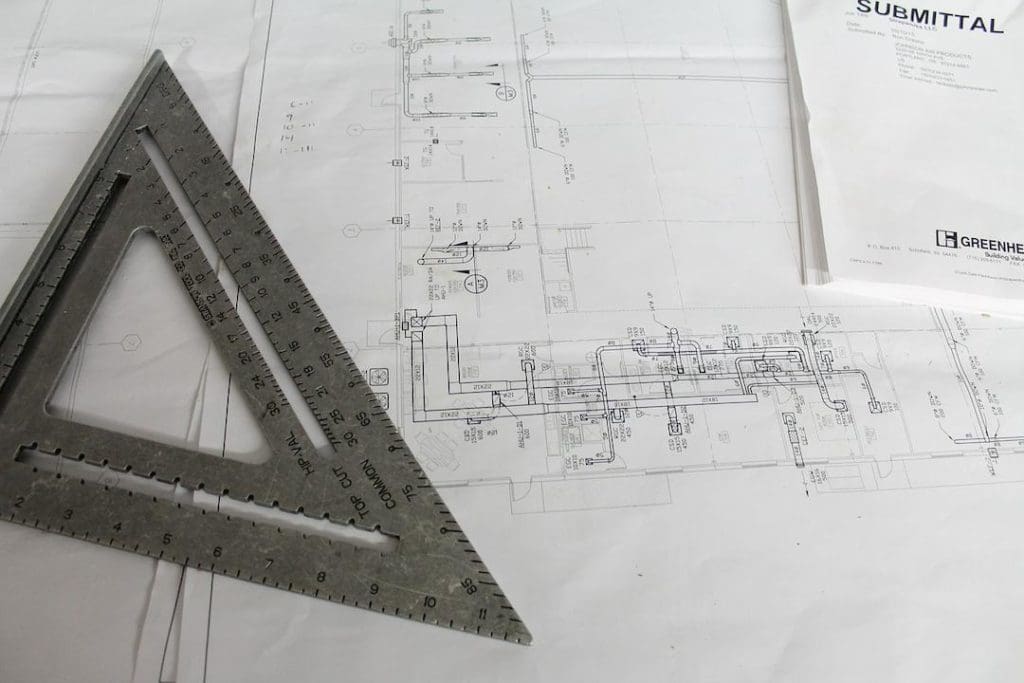 Design discloses a story about the resources and sentiments of the artist. This is true in architecture as well. Every architectural style from Classical to Post-Modernism has distinguishing features that tie it to a historical era, so by studying a city’s architecture, we gain insight into its past and the spirit of its people. Although the timeline of U.S. history can’t rival the antiquity of Europe and Asia, some of the world’s best cities for architecture are found right here in America.
Design discloses a story about the resources and sentiments of the artist. This is true in architecture as well. Every architectural style from Classical to Post-Modernism has distinguishing features that tie it to a historical era, so by studying a city’s architecture, we gain insight into its past and the spirit of its people. Although the timeline of U.S. history can’t rival the antiquity of Europe and Asia, some of the world’s best cities for architecture are found right here in America.
Best Cities for Architecture in the U.S.
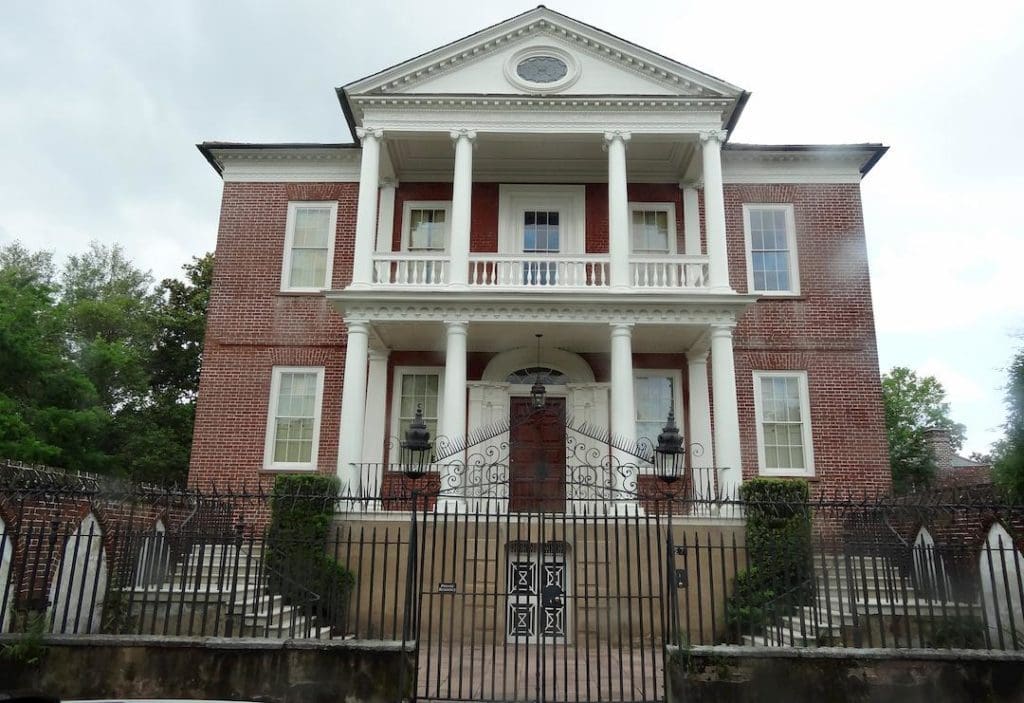
Charleston, South Carolina has an amazing array of Antebellum architectural styles in its well-preserved historic homes. Latin for “prewar,” Antebellum includes the 19th-century Gothic Revival, Georgian, and Neo-classical plantation homes and mansions built before the Civil War. The style includes large pillars supporting a balcony that runs the width of the house. Centered entrances open onto large foyers with a sweeping staircase. Intricate plaster designs adorned the walls and ceilings of ballrooms and grand dining rooms.
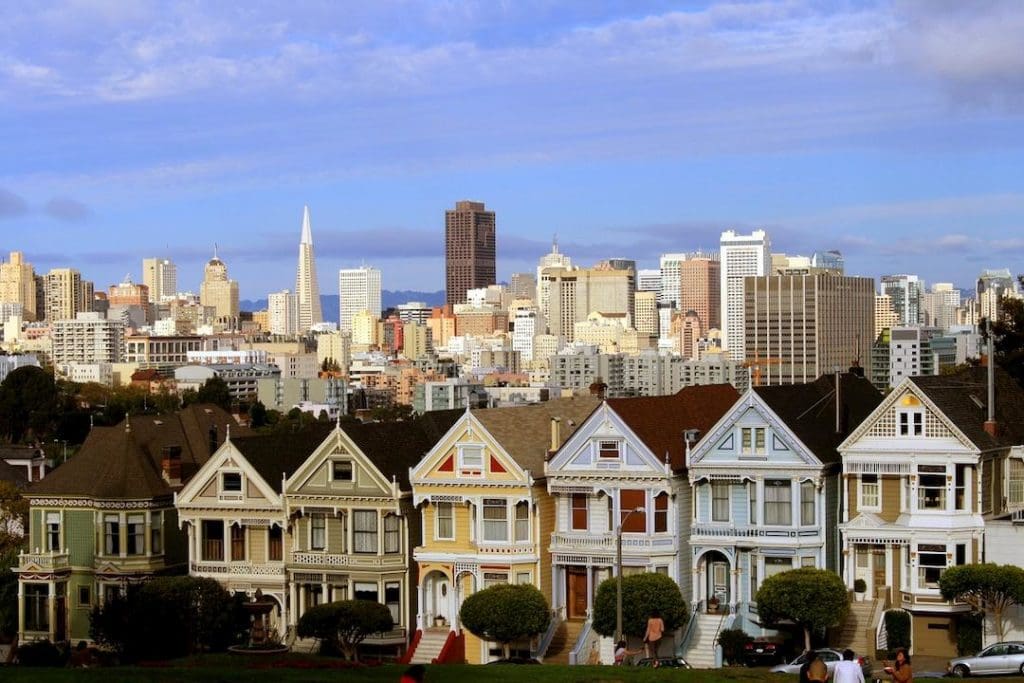
San Francisco, California is renowned for its well-preserved Victorian architecture, including the famous “Painted Ladies” of Alamo Square. During the industrial revolution from the mid-1800s to early-1900s modern tools became available at large scale and elaborate Victorian architecture emerged. They were two-story constructions with gables, turrets, and wrap-around porches with fancy scrollwork. Developed as homes for well-to-do families, servants’ quarters and kitchens were in the rear, removed from family view.
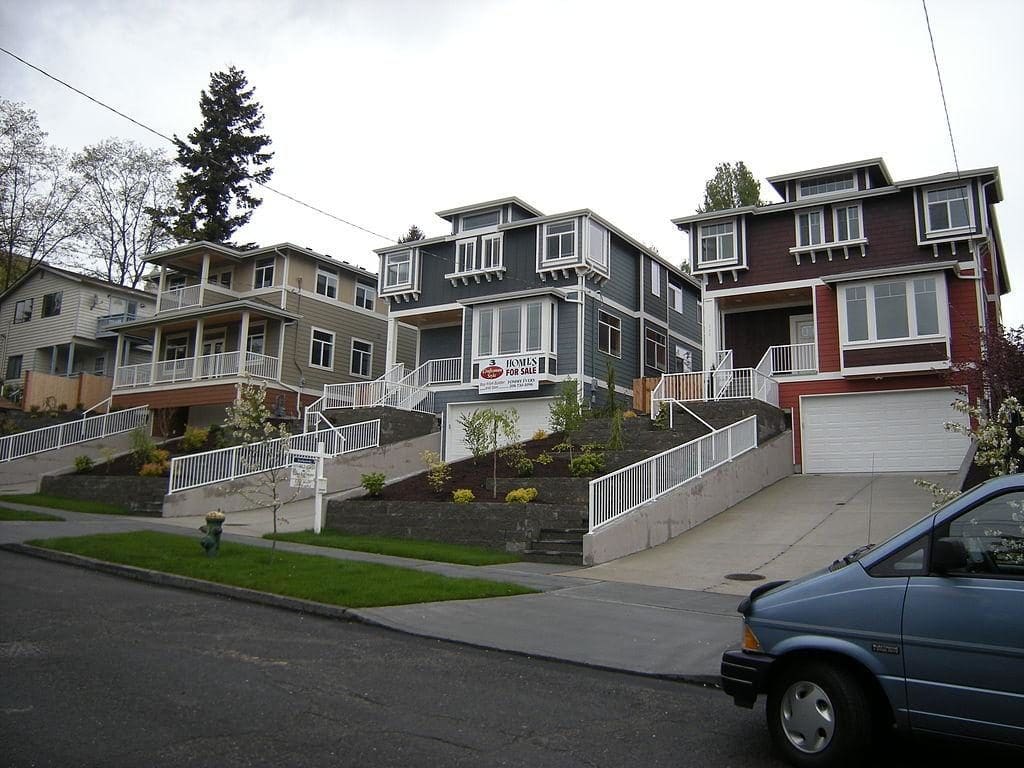
Seattle, Washington in the Pacific Northwest timber country has many fine examples of Craftsman bungalows. At the end of the 19th century, changes in values and lifestyles brought about the Arts and Crafts movement. People valued handwork over mass production and the rise of the American middle class meant fewer families with live-in servants. Modest homes designed in a simple form from natural materials became popular. Notably, kitchens became integrated into the main home as a family gathering place.
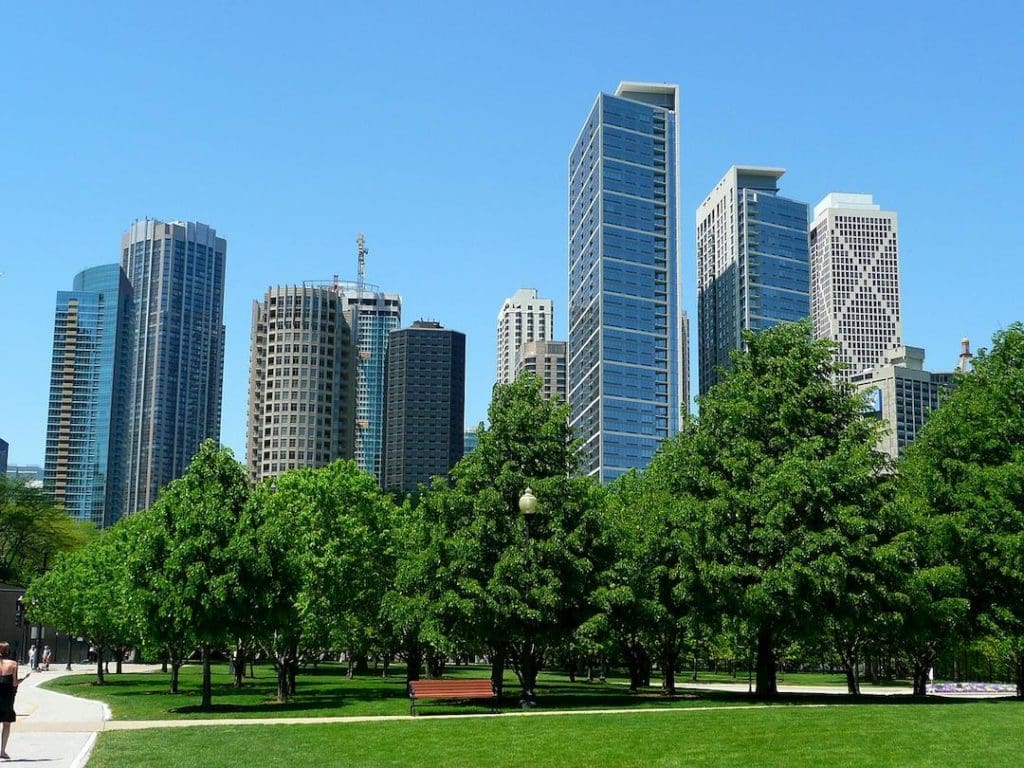
Chicago, Illinois has been an architectural trendsetter since the 1880s when the Chicago School of architecture began steel-frame constructions that became the modern skyscraper. These innovative tall buildings allowed concentrated use of urban land necessitated by post-Civil War economic growth and a growing white-collar workforce. Famous architects Frank Lloyd Wright and Frank Gehry, among others, contributed to the stunning cityscape of gleaming towers.
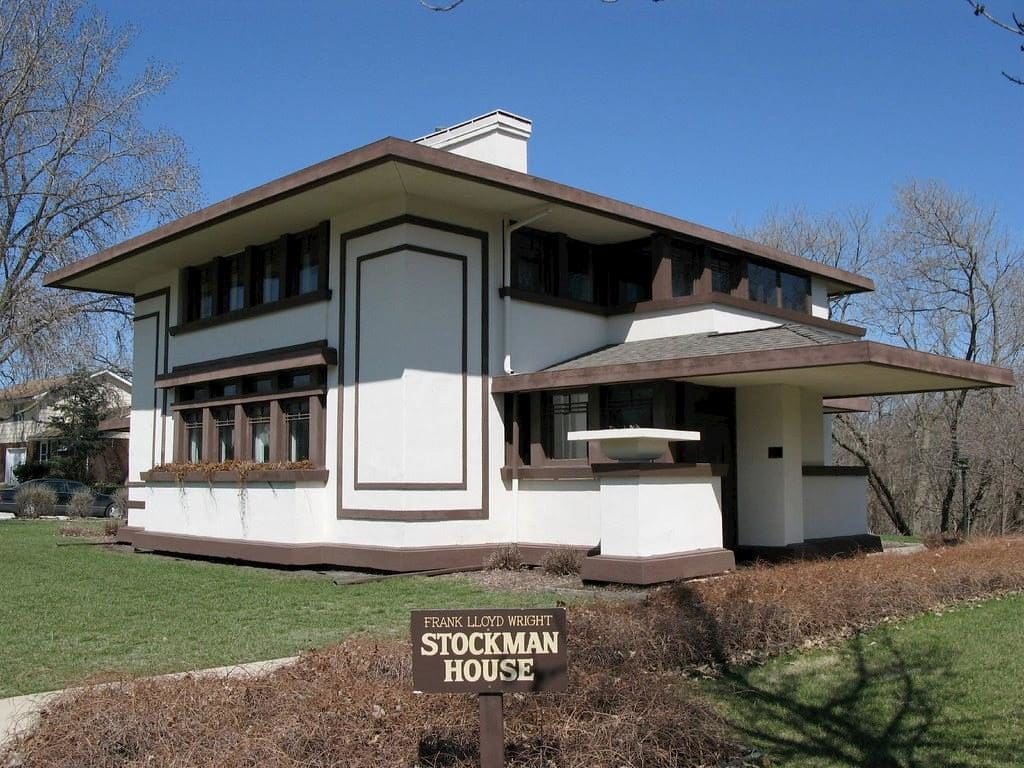
Mason City, Iowa has one of the largest collections of Frank Lloyd Wright’s Prairie School homes in the world. His recognizable style incorporated low profiles and horizontal lines with wide overhanging eaves. The flat landscape of the Midwest inspired using lots of natural lighting and an open flow of space between inside and outside.
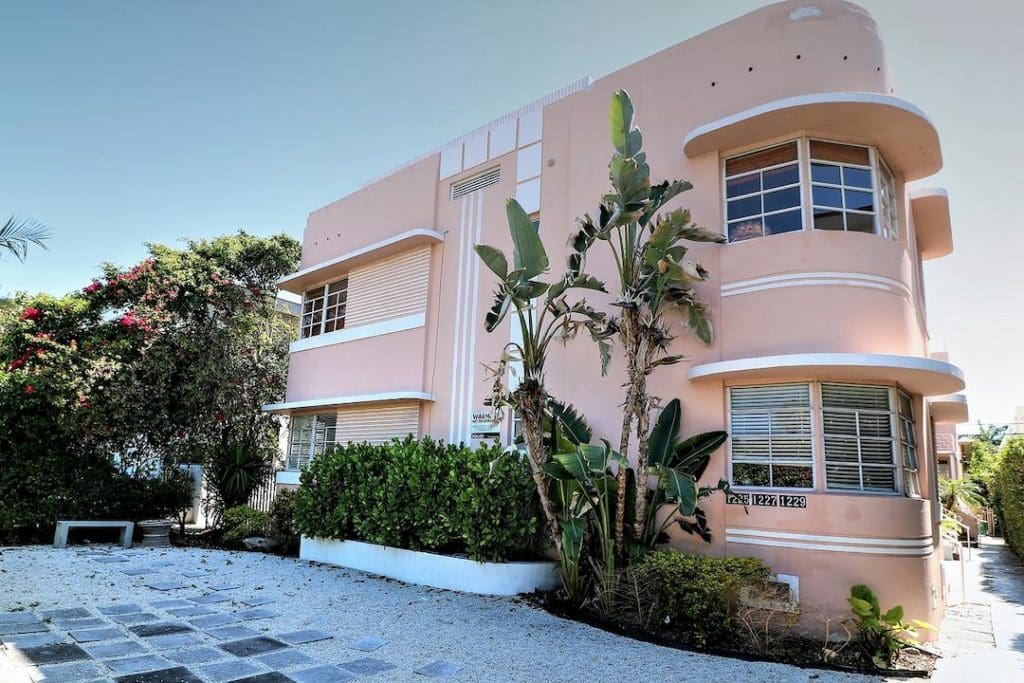
Miami, Florida’s Art Deco architecture was created during the 1920s and 1930s to make Miami a stylishly modern tourist destination. The style focuses on symmetry and geometrical patterns, made fluid by pastel colors outside and exotic flora and wildlife themes inside. After decades of neglect, the Miami Design Preservation League saved Miami’s Art Deco from demolition. Today, Miami Beach Historic District between 5th and 23rd Streets on Ocean Drive has the most Art Deco architecture found in any city worldwide.
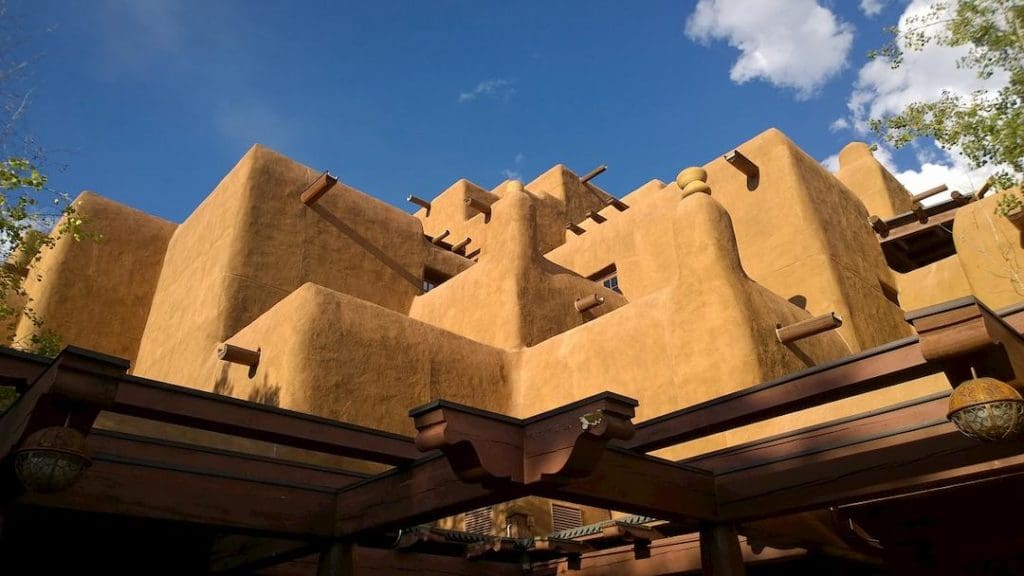
Santa Fe, New Mexico exhibits Pueblo Revival style architecture, popular in the early 1900s and still mandated for new construction. While it looks like a traditional Pueblo adobe, modern buildings are usually made with brick or concrete. Characteristics include stuccoed, earth-tone walls and flat roofs with projecting wooden beams.
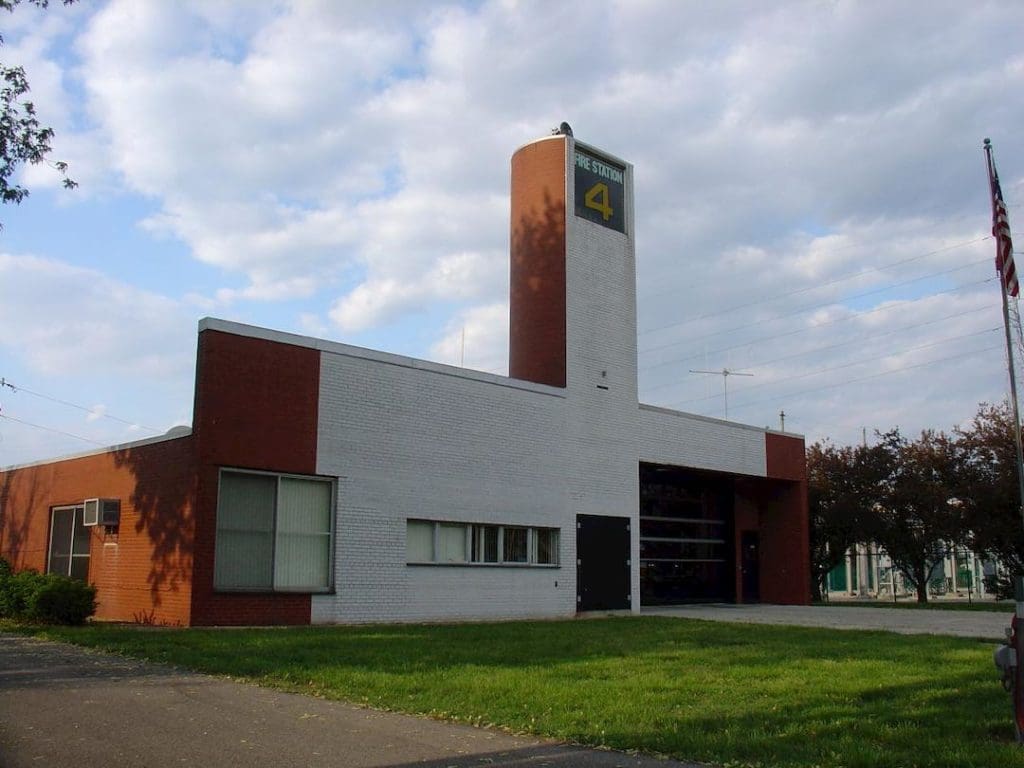
Columbus, Indiana is a Post-Modernism mecca thanks to one man. J. Irwin Miller loved architecture and had plenty of money, so in the 1950s and 1960s, he hired famous architects including I.M. Pei, Eero Saarinen, and Richard Meier to overhaul more than 70 buildings in the small town. The makeover was so extraordinary, the American Institute of Architects ranked Columbus sixth in the U.S. in architectural innovation and design.
Finding Common Ground
Through visiting these architectural cities, you come to understand the common ground between architectural design and the social fabric of the destination. Both have roots in a point in history which comes to life as you look beyond the façade. By doing so, you learn about the physical materials and financial means available to the architects at that time and place, as well as the lifestyles and sentiments of those who used the buildings. The architecture of a city speaks volumes about its culture.
Incorporate architecture in your travels by adding a half-day walking tour or go all-in with an architecturally focused multi-day trip. Ask your Covington vacation advisor for recommendations of how to visit these best cities for architecture in the U.S.







Leave a Reply